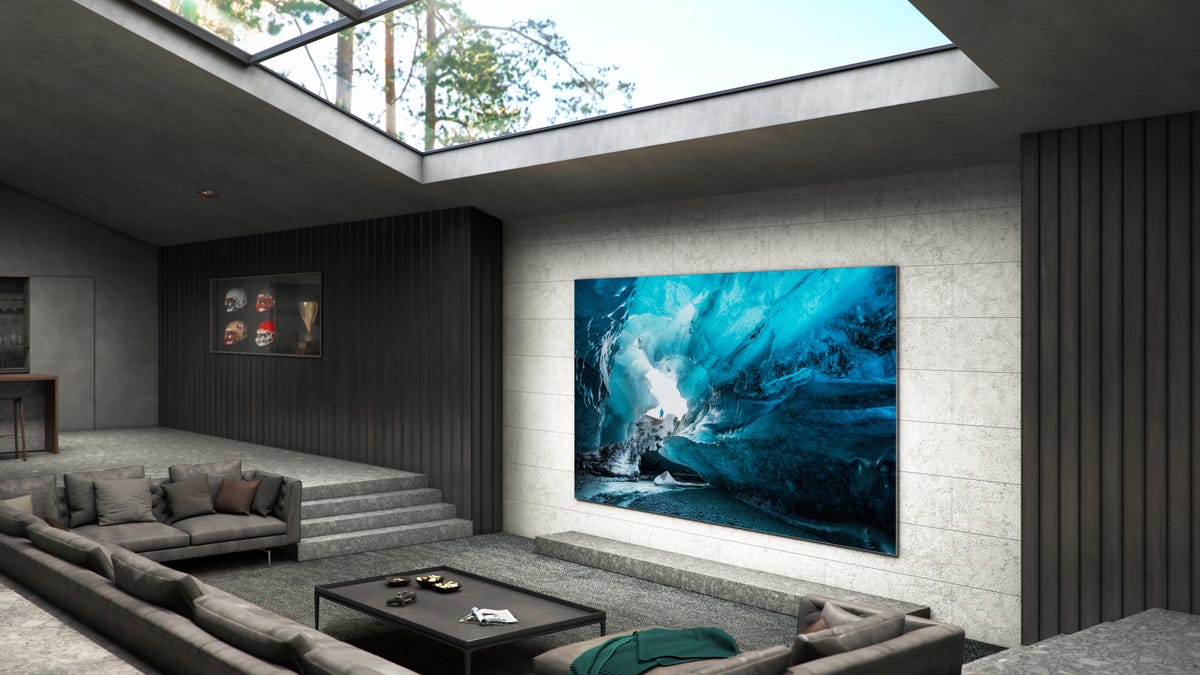I Feel Like $156,000 for a 110-Inch TV Is a Lot - 2 minutes read
 Image : Samsung
Image : SamsungBorrowing its microLED technology from “The Wall,” Samsung’s latest monster display was announced this week in Korea.
Advertisement
Samsung announced its MicroLED-powered display system The Wall—yes, it’s really called that—back in 2018, describing it at the time as the “world’s first consumer modular MicroLED television.” Basically, the idea with The Wall is that its modular components could be built out to as big of a screen as you’d like, though those panels require professional installation and run many thousands of dollars per individual panel.
With its new 110-inch display, however, Samsung is bringing its microLED tech to traditional TVs. With a 99.99% screen-to-body ratio that’ll put your plebeian bezel to shame, this display uses micrometer-sized LED lights to hopefully deliver true-to-picture colors and brightness in 4K HDR. With an 8 million pixel display, Samsung says its screen can deliver color accuracy in images captured with even high-end DSLR cameras.
Advertisement
Image : Samsung
Samsung didn’t immediately return a request for comment about how much its TV costs. However, ZDNet reported that the cost would be 170 million won, which shakes out to about $156,000.
G/O Media may get a commission Sony WH-1000XM4 $218 at Backmarket Use the promo code Kinja2020
Samsung says its display comes equipped with a Majestic Sound System packing a 5.1 channel sound that can deliver height without needing any external speakers, which is quite the claim. And because this screen is so large—too large, some might even argue—it supports a multi-view function to split the display into four individual screens, each playing its own feed (even while gaming).
Pin my eyelids back and give me the full content experience, Samsung.
According to Samsung, the TV’s got a lifespan of up to 100,000 hours, or about a decade. Though to be fair, if you’ve got hundreds of thousands of dollars to drop on a single TV, longevity is probably the last thing on your mind.
Source: Gizmodo.com
Powered by NewsAPI.org